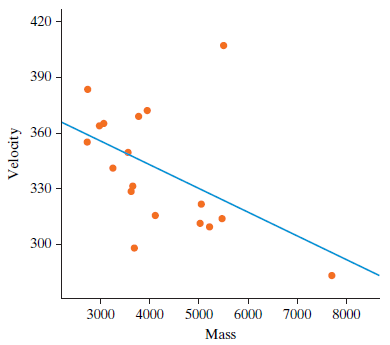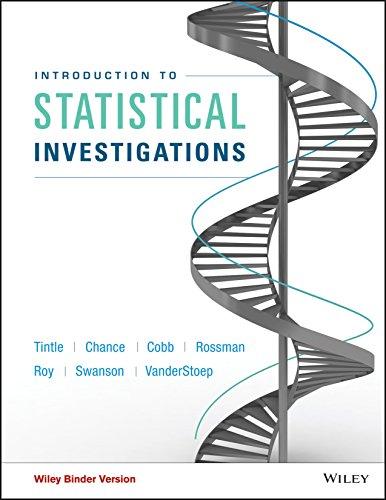Harris and Steudel (2002) studied factors that might be associated with the jumping performance of domestic cats.
Question:
a. Describe the association between these variables.
b. Use the Corr/Regression applet to determine the equation of the least squares line for predicting a cat€™s take off velocity from its mass.
c. Interpret the value of the slope coefficient in this context.
d. Interpret the value of the intercept coefficient. Is this a context in which the intercept coefficient is meaningful?
e. Determine the proportion of variability in take off velocity that is explained by the least squares line with mass.

Fantastic news! We've Found the answer you've been seeking!
Step by Step Answer:
Related Book For 

Introduction To Statistical Investigations
ISBN: 9781118172148
1st Edition
Authors: Beth L.Chance, George W.Cobb, Allan J.Rossman Nathan Tintle, Todd Swanson Soma Roy
Question Posted:





